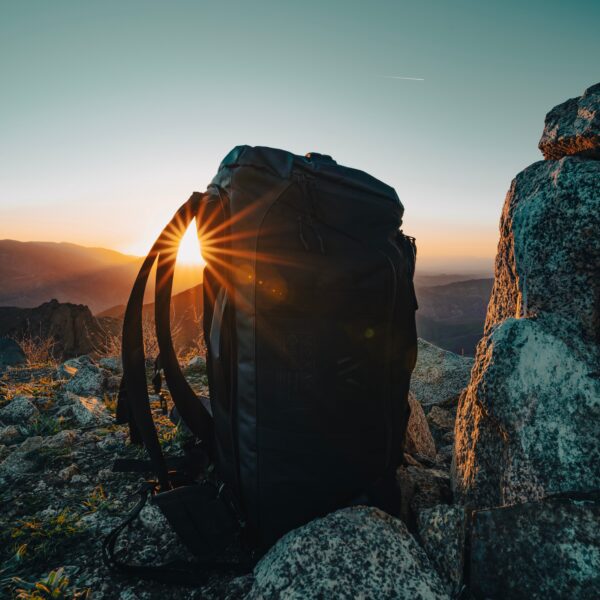In today’s uncertain world, it is essential to be prepared for emergencies that could force you to leave your home quickly. A well-stocked bug-out bag (also known as a go bag or 72-hour kit) will provide the essentials you need to survive during and after a disaster, whether it’s a fire, power outage, or catastrophic event.
When putting together your bug-out bag, keep in mind that its purpose is to sustain you for at least 72 hours. Here are some items that should be included:
1. Water and Food Supplies
- Store at least one gallon of water per person per day, ideally in sealed bottles or a collapsible container.
- Pack non-perishable food items such as energy bars, canned goods, dried fruits, nuts, and instant meals. Include a manual can opener if necessary.
- For more detailed information see Food, Water, and Nutrition Preparedness for Your Bug-Out Bag
2. Clothing and Footwear
- Include a change of clothes for each family member, including warm layers, socks, underwear, and sturdy shoes or boots.
- Don’t forget rain gear (e.g., ponchos, waterproof jackets) to protect against inclement weather.
- For more detailed information see Clothing and Footwear Essentials for Your Bug-Out Bag
3. First Aid Kit
- Assemble a comprehensive first aid kit containing bandages, antiseptics, pain relievers, medical supplies, and do not forget to grab your personal medications.
- Include tweezers, scissors, and a multi-purpose knife for treating wounds.
- For more detailed information see First Aid Essentials for Your Bug-Out Bag
4. Personal Documents and Identification
- Gather important documents such as birth certificates, passports, driver’s licenses, insurance policies, and financial records in a waterproof container or bag.
- Include copies of vital documents in case the originals are lost.
- For more detailed information see Personal Documents and Identification Essentials for Your Bug-Out Bag
5. Communication Devices and Power Sources
- Pack a battery-powered or hand-crank radio for receiving emergency alerts and updates.
- Consider bringing a portable charger, solar panel, or extra batteries for mobile phones, as well as a backup communication device (e.g., walkie-talkies). Don’t forget cords and cables.
- For more detailed information see Essential Communications and Power Sources for Your Bug-Out Bag
6. Light Sources
- Include flashlights, headlamps, lanterns, and emergency candles to provide light during power outages or nighttime evacuations. Pack extra batteries for each device.
7. Tools and Utensils
- A multi-tool (e.g., Swiss Army knife) can be useful for various tasks such as cutting, opening packages, or repairing equipment.
- Bring a camping stove, fuel, and utensils if possible to cook meals during the evacuation.
8. Shelter and Bedding
- Include a tent, sleeping bags, blankets, or ponchos to protect against cold temperatures or inclement weather.
- If possible, pack a portable camping stove or heater for additional warmth and cooking capabilities.
9. Cash and Coins
- Keep some cash and coins on hand in case ATMs and credit card machines are not available during the emergency.
10. Maps and Navigation Tools
- Include printed maps of your local area, as well as a compass or GPS device to help you navigate unfamiliar territory during evacuation.
11. Entertainment Items
- Pack books, playing cards, or games to keep children occupied and morale high during the evacuation.
By carefully selecting and organizing these essential items in your bug-out bag, you’ll be better prepared to face emergencies with confidence and resilience. Remember to review and update your bag regularly to ensure its contents remain relevant and useful for the evolving challenges of our uncertain world.

